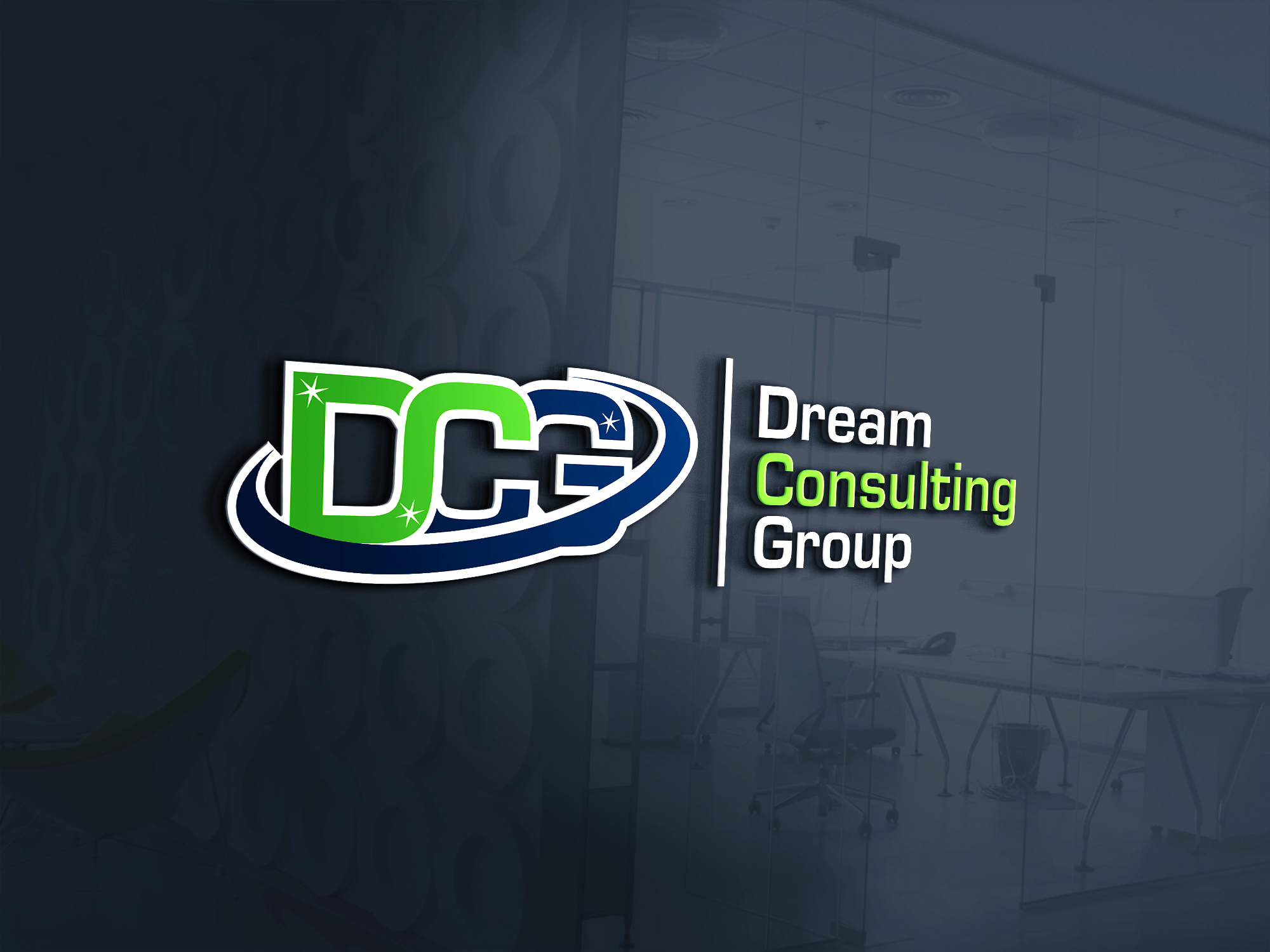Here are some steps to help you create a modern website:
1. Define your website’s goals: Start by identifying the purpose of your website and the goals you want to achieve. This will help guide the design and development process.
2. Choose a responsive design: A modern website must be responsive, meaning it adapts to different screen sizes and devices. Ensure your website design is mobile-friendly to provide a seamless experience for users on smartphones and tablets.
3. Prioritize user experience (UX): Focus on creating a user-friendly interface that is intuitive and easy to navigate. Make sure important information is readily accessible, minimize distractions, and use clear and concise language.
4. Use modern design elements: Incorporate modern design elements like clean and minimalist layouts, ample white space, bold and eye-catching typography, and high-resolution images or videos. Utilize the principles of visual hierarchy to guide users’ attention and create an aesthetically pleasing design.
5. Apply a consistent color scheme and branding: Choose a color palette that aligns with your brand identity and use it consistently throughout your website to create a cohesive look. Ensure the colors you select are visually appealing and complement each other.
6. Optimize page loading speed: Website performance is crucial for providing a positive user experience. Optimize your website’s loading speed by minimizing image sizes, leveraging browser caching, and optimizing code.
7. Implement easy navigation: Design an intuitive and user-friendly navigation structure that is easy to understand and follow. Include a clear menu with logical categorization and use breadcrumb navigation to help users easily find their way around your website.
8. Incorporate multimedia: Use images, videos, animations, or infographics to enhance the visual appeal and engagement of your website. However, be mindful of not overloading your website with excessive multimedia that may slow down load times.
9. Integrate social media: Make it easy for visitors to share your content by integrating social media sharing buttons. This will increase visibility and engagement with your website.
10. Implement strong security measures: Protect your website and visitors’ data by incorporating security features such as SSL certificates, secure login options, and regular backups.
11. Test and optimize: Regularly test your website for responsiveness, functionality, and usability across different browsers and devices. Analyze user behavior with the help of tools like Google Analytics and make necessary improvements to optimize the overall performance of your website.
Creating a modern website is an ongoing process. Keep up with design trends, monitor user feedback, and regularly update and improve your website to ensure it stays current and meets the needs of your audience.

